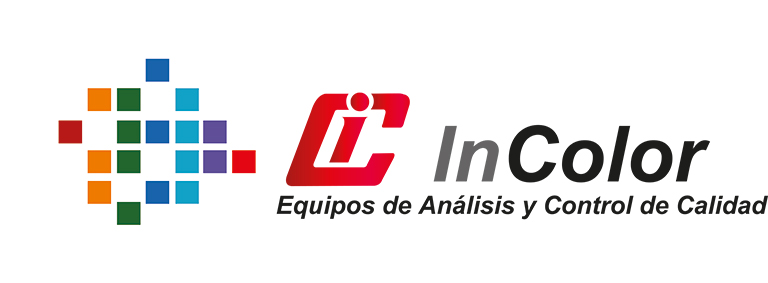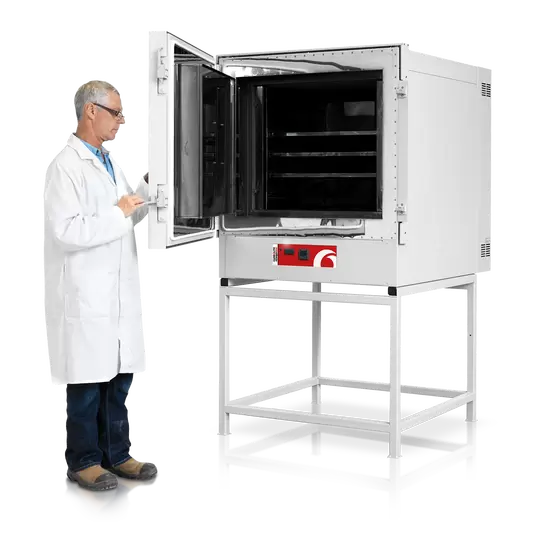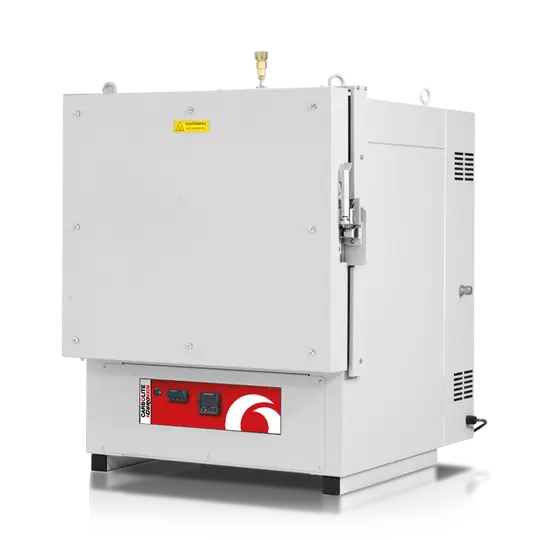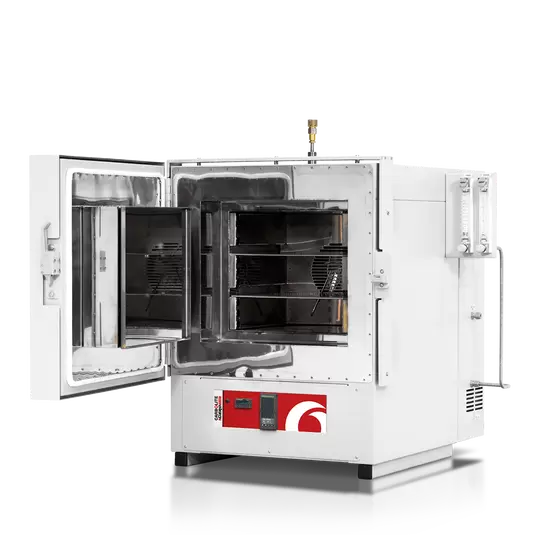SECADO DE MUESTRAS
ESTUFAS PARA EL LABORATORIO Y LA INDUSTRIA
Temperaturas hasta 700°C
Carbolite Gero ofrece varias series de estufas para el laboratorio y aplicaciones industriales. Bien sea con convección natural o circulación forzada, o bien para la operación a alta temperatura bajo atmósfera controlada, nuestros productos cumplen con la norma BS EN 61010-2-010:2003 y cuentan con una excelente uniformidad de temperatura. La oferta de Carbolite Gero en equipamiento opcional es prácticamente ilimitada e incluye sistemas de protección contra sobretemperatura, bandejas y guías, temporizadores digitales y controladores de temperatura de última tecnología que satisfacen las necesidades más específicas.
ESTUFAS PARA EL LABORATORIO Y LA INDUSTRIA - FAQ
WHAT IS A LABORATORY OVEN?
A laboratory oven is a heating device that meets the precise temperature control and temperature uniformity requirements of laboratory work. It is a standard piece of equipment in many labs, used for a wide range of applications such as drying, evaporating, or curing. Depending on the requirements, laboratory ovens vary in size and volume as well the maximum temperature they can reach.
WHAT IS THE TYPICAL OPERATING TEMPERATURE OF A LABORATORY OVEN?
The typical operating temperature of a laboratory oven is entirely dependent on the application requirements. Carbolite Gero supplies ovens with maximum temperatures ranging up to 300°C for applications such as drying and moisture extraction, and ovens for applications such as annealing and sintering that can require temperatures up to 600 or 700°C.
WHAT IS THE TYPICAL SIZE OF A LABORATORY OVEN?
Carbolite Gero laboratory ovens range in size from 30 litres up to 910 litres. Ovens with capacities up to 200 litres are usually mounted directly onto work benches, whereas larger ovens are typically floor standing.
IS A LABORATORY OVEN SUITABLE FOR DRYING MATERIAL?
A laboratory oven is suitable for drying materials so long as the oven chamber is ventilated. Standard ovens usually have vents that can be opened. Additional ventilation can often be provided by using a moisture extraction fan. You should also consider the material being dried. For lightweight materials and powders the best choice may be a natural convection oven with a vent to avoid blowing material around the chamber.
WHAT SHOULD I CONSIDER WHEN BUYING A LABORATORY OVEN?
When buying a laboratory oven, you should consider the required volume, the maximum temperature, and the temperature uniformity required. It is important to consider the application. If the main purpose is the drying of samples, it may be beneficial to consider modifications specifically designed for moisture extraction. Similarly, if the samples contain low levels of solvents, explosion relief panels and other options designed to relieve pressure and reduce the risk of explosions are required.
WHAT IS THE DIFFERENCE BETWEEN A DOMESTIC AND A LABORATORY OVEN?
A laboratory oven generally has a higher build standard than a domestic oven. Laboratory ovens typically have stainless steel liners designed to withstand the harsher processes, and continuous use, common within commerical laboratories.
IS IT POSSIBLE TO PLACE SAMPLES WITH SOLVENT INSIDE A LABORATORY OVEN?
It is possible to place samples with solvents inside a laboratory oven, provided that the oven is designed to withstand the explosive vapours produced by such processes. Ovens intended for stoving and curing processes should adhere to the safety standard EN1539. Such ovens should include safety features such as explosion relief panels, and airflow levels appropriate for the calculated solvent level of sample materials.







